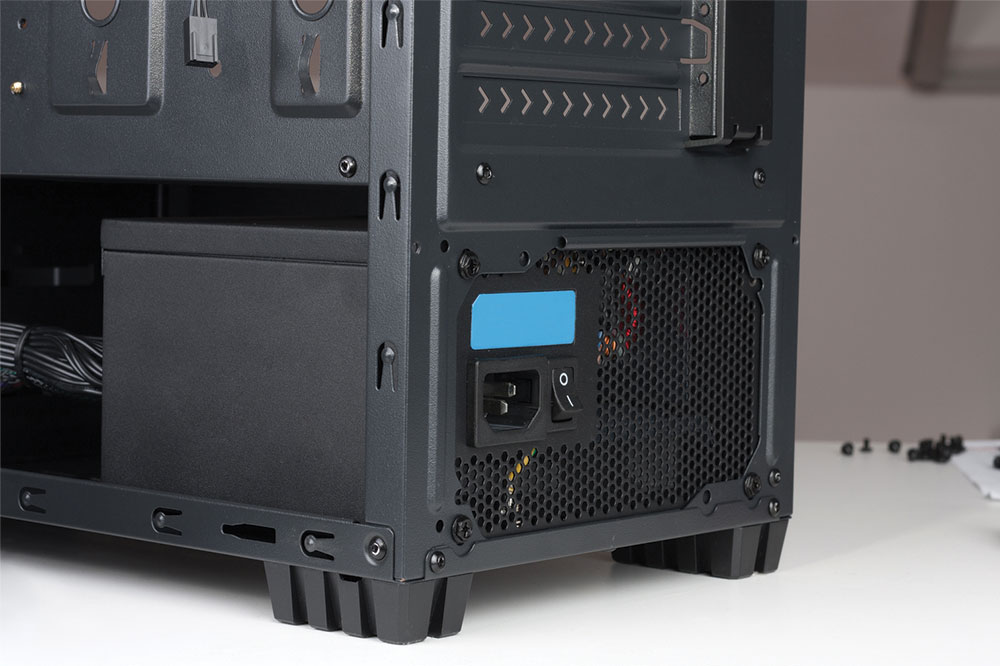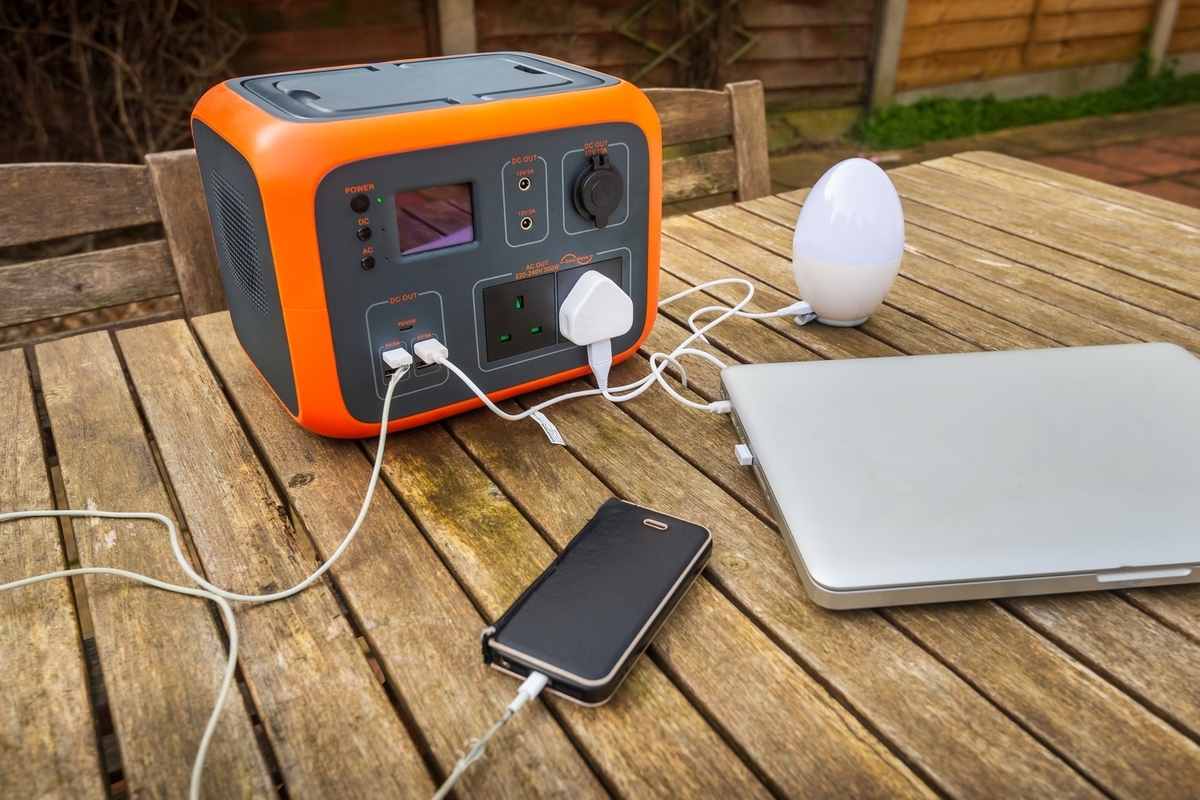Understanding AC and DC power supplies
A power source should not be confused with a power supply. The source is the point of origin of the power or electricity you receive, usually a battery, an outlet, or a generator. Power supplies convert the power from the source into the correct voltage for output, so select one based on its function and your requirements. This article discusses the two main types of power supplies: AC and DC.

What is AC power supply?
Alternating Current or AC power is the standard electricity format coming from outlets and gets the name from the waveform of the current. To comprehend the AC wave composition, you need to understand that electrical currents are produced by the movement of electrons. As the electrons in an AC wave move in a positive direction, the sinusoidal wave created by the current moves upward. On the other hand, the wave sees a downward drop when the electrons have a negative flow.
These waves arise from the alternators installed at electrical power plants producing AC power. Inside the alternator, a wire loop continually rotates inside a magnetic field, creating waves of alternating current. The wave-like movement of AC power gives this type of power supply an upper hand over DC power.
What is DC power supply?
Direct Current or DC power employs electrons that travel in a straight line. This type of power supply gets its name because of its linear movement, which is in sharp contrast to AC power’s wave-like motion.
Such current arises from fuel cells, solar cells, batteries, rectifiers that convert AC power to DC, and alternators equipped with commutators that develop direct energy.
Many electronics require DC power supply since this type is consistent in terms of the voltage delivered. This is why a lot of electronics come with DC power sources as batteries, or they need to convert AC power to DC using a rectifier. Power supplies usually have built-in rectifiers with the transformers. They can help reduce or increase the voltage to the required level.
Constant voltage is recommended for devices like notebook computers, so you should have an AC-DC power converter if you want to operate these electronics via an outlet. A converter modifies the waveform into a steady, straight line, which helps prevent damage to the device’s components by the highs and lows of AC power.




